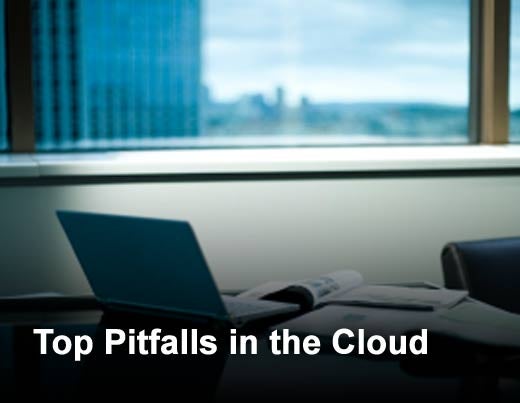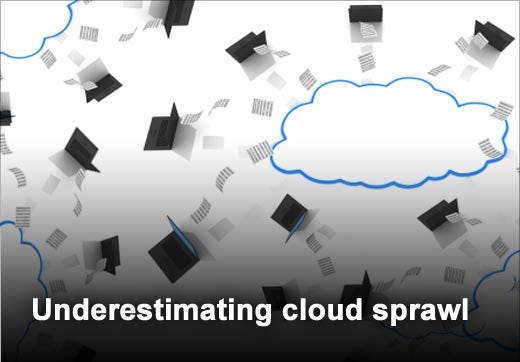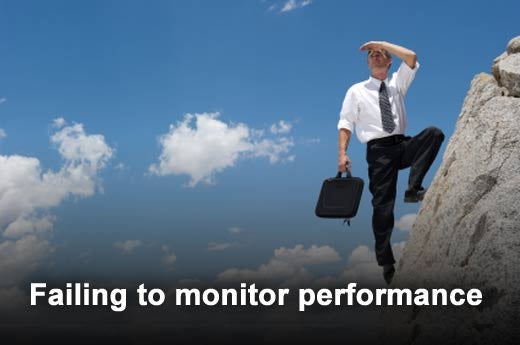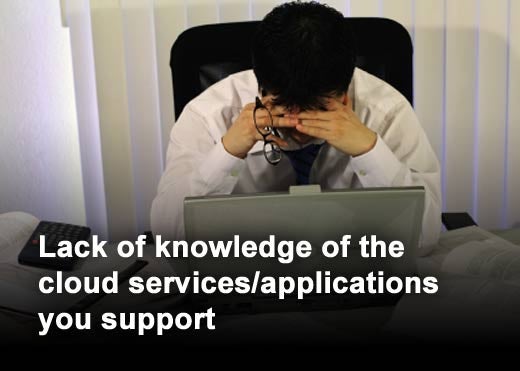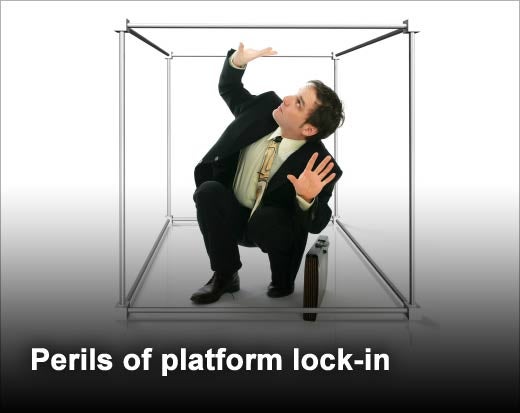The issues IT departments will face this year are becoming more apparent. Top of the list is how companies can leverage all facets of the cloud. Recently, uptime software, Inc. released its "watch list," highlighting potential cloud pitfalls that IT departments must be aware of before migrating infrastructure and applications to the cloud.
Gartner research shows that cloud services grew by over 16 percent in 2010, and that this type of growth is expected to continue through 2014. However, as companies execute their cloud strategy, it's essential to weigh the risks (loss of control, unhappy end users) and rewards (potential cost savings) that are unique to the cloud.
"Cloud computing has the potential to offer organizations dramatic operational efficiency and cost savings, but when improperly managed it can have disastrous results," said Alex Bewley, CTO of uptime software. "This past year, organizations began experimenting with cloud and in 2011 much of that experimenting will become full cloud adoption. CIOs, IT Managers and System Administrators alike need a sound plan along with deep performance monitoring in place before moving to the cloud in order to ensure the end result isn't a new job hunt."
This slideshow highlights the top cloud pitfalls, identified by uptime software, inc., that should be avoided.
Click through for six pitfalls you should avoid when migrating information services to the cloud, as identified by uptime software.
Provisioning in the cloud is convenient and quick, which provides both agility and a huge potential for abuse. Migrating too much or moving too quickly can lead to complete loss of control by IT and exponential costs. Remember virtual sprawl? Multiply that by 50. Additionally, it will become even tougher to monitor and report on service level agreements (SLAs) as applications move between physical, virtual and cloud environments. On top of that, you may be required to purchase individual point tools to manage it all.
Visibility into application performance in the cloud is critical, especially with your user-facing applications. Whether it's software-as-a-service (SaaS), platform-as-a-service (PaaS) or infrastructure-as-a-service (IaaS), without cloud performance monitoring tools in place there is no visibility into how applications are performing. As an IT department, your lines of business will look disparagingly upon you if there is a lack of visibility into the performance of your services. If you can't monitor and report on cloud performance and availability, then you are not providing business value.
As applications are provisioned to the cloud, it can be easy to miss what is actually running without proper tracking. Beware of getting caught in the "out of sight, out of mind" dilemma of losing track of applications residing on-premise or in the cloud. If applications get lost in the shuffle now, imagine the nightmare down the road when your cloud infrastructure grows even more complex.
Be sure to pick your cloud platform carefully and do your homework. Once you have chosen a cloud vendor and have provisioned applications, it is tough to move them elsewhere if you are unhappy with the performance or service. Cloud providers usually make it difficult to extract the data from their cloud and, in many cases, a third-party tool is needed to migrate that data back on-premise. Once you have signed the dotted line, you are essentially locked in.
Once in the cloud, applications are at the mercy of the platform now carrying them. For instance, performance latency can be caused by the simple geographical location of the servers your applications are now housed on. As the IT team, you will need to set expectations both internally and externally concerning how applications will perform, taking into consideration those on-premise applications vs. those that run in the cloud.
A challenge to running applications in the cloud is knowing where the server that now houses your applications is physically located. There could be jurisdiction issues associated with the applications that you have running in the cloud based on the location of those new servers. Also, the IT person running those servers in the cloud may not understand the sensitivity of the data you have handed over. Remember, your company information is in the hands of someone outside your company wall. Unless the correct processes and performance monitoring are in place, your critical data is at the mercy of the cloud.


